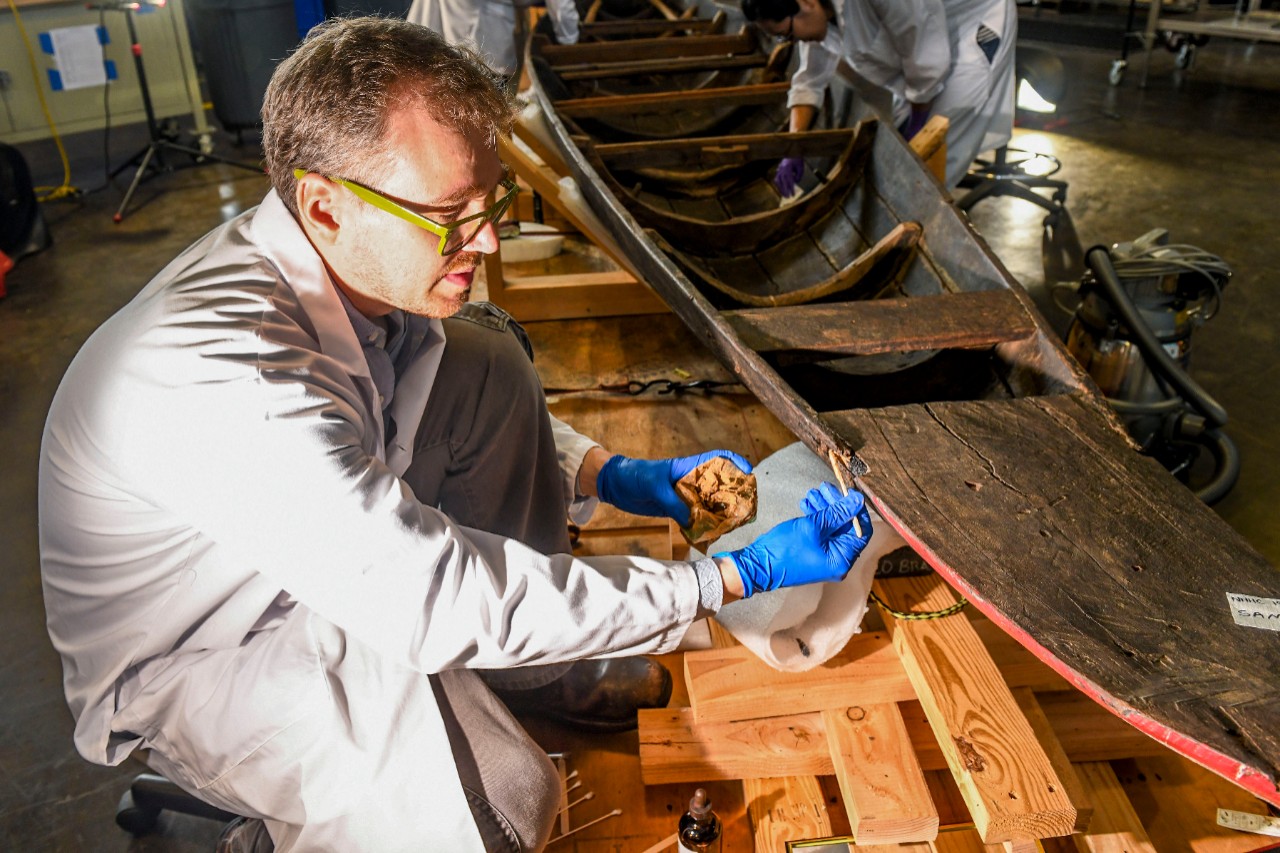- Expand navigation for Art Art
- Expand navigation for Exhibits Exhibits
- Expand navigation for Artists Artists
- CDR Monica Allen Perin, USNR (RET)
- Carlos Andreson
- Standish Backus
- Griffith Baily Coale
- McClelland Barclay
- Kristopher Battles
- Lawrence Beall-Smith
- Robert Benney
- William Franklin Draper
- Kerr Eby
- Anton Otto Fischer
- Robert Charles Haun
- Joseph Hirsch
- Irwin Hoffman
- Mitchell Jamieson
- Julian Levi
- Edward McKnight Kauffer
- John Charles Roach
- Alexander Russo
- Otto Soglow
- Morgan Ian Wilbur
- Expand navigation for Traveling Exhibits Traveling Exhibits
- Expand navigation for Artifacts Artifacts
- Expand navigation for Ship Artifacts Ship Artifacts
- Expand navigation for Ashore Ashore
- Expand navigation for Weapons, Arms and Ordnance Weapons, Arms and Ordnance
- Expand navigation for Navigation Instruments Navigation Instruments
- Expand navigation for Signal, Radio, and Communications Signal, Radio, and Communications
- Expand navigation for Uniforms, Medals, and Personal Equipment Uniforms, Medals, and Personal Equipment
- Expand navigation for Ephemera Ephemera
- Expand navigation for Artifacts by period Artifacts by period
- Expand navigation for People People
- Expand navigation for R & R R & R
- Expand navigation for Models Models
- Underwater Artifacts
- Expand navigation for Exhibits Exhibits
- Cannons in Leutze Park
- Early Diplomatic Relations with Japan
- US Navy and the Olympic Experience
- USN Railway Batteries in World War I
- SS Mongolia and World War I
- Half-Hull Model Display
- Karl Goetz Medals
- Uniform, Navy Nurse Corps, World War I
- Artifacts from U-505
- Artifacts Related to the Battle of Midway
- Artifacts Related to D-Day
- Artifacts Related to the Battle of Leyte Gulf
- Artifacts Related to the Battle of Iwo Jima
- Artifacts Related to V-J Day
- Space Exploration
- Naval Academy Artifacts
- Artifacts from USS Cole (DDG-67)
- 9/11 Terrorist Attacks
- May the Fourth: The Small Arms of Star Wars
- Expand navigation for About Curator Branch About Curator Branch
- Expand navigation for Photography Photography
- Expand navigation for Conservation Conservation
- Collections
- About NHHC
- Image (gif, jpg, tiff)
- NHHC
Conservation at Naval History and Heritage Command

Karl Knauer performs aesthetic reintegration with a removable, reversible fill of epoxy, pigments, and glass bubbles to compensate for small losses of wood on a Vietnamese sampan. The sampan is on display at the Hampton Roads Naval Museum’s exhibit, “The Ten-Thousand Day War at Sea: The US Navy in Vietnam, 1950-1975.”
Ethics and Standards
Professional conservators follow a Code of Ethics and Guidelines for Practice. “…Conservation professionals assume certain obligations to the cultural property, to its owners and custodians, to the conservation profession, and to society as a whole…” Preamble, American Institute for Conservation Directory.
Specialties
- 3-dimensional “objects"
- metals and other inorganic materials
- wood and other organic materials
- textiles
- archaeological
Not familiar with conservation? Conservation also includes these disciplines:
- Preventive Conservation – this proactive conservation specialty analyzes cause-and-effect of environmental and material instability to apply solutions on the macro level to extend the lifespan of whole collections of artifacts and to reduce labor intensive interventive treatments on individual objects.
- Conservation Science – using tools from the worlds of forensic science and materials science, this branch of conservation specializes in analyzing material composition and deterioration over time and identifying new materials that can be used to preserve artifacts.
- Exhibit Conservation – identifying and integrating the needs of objects chosen for exhibitions into the designated museum space to increase their accessibility while reducing deterioration while on display
- Project Conservation/Conservation Management
Footnotes
- Accessibility/Section 508 |
- Employee Login |
- FOIA |
- NHHC IG |
- Privacy |
- Webmaster |
- Navy.mil |
- Navy Recruiting |
- Careers |
- USA.gov |
- USA Jobs
- No Fear Act |
- Site Map |
- This is an official U.S. Navy web site


